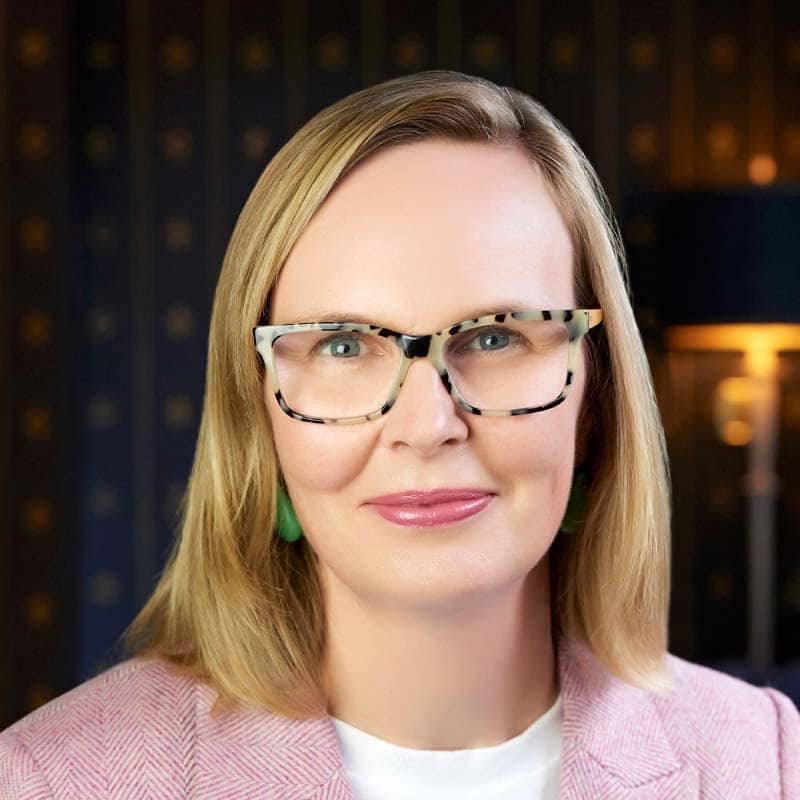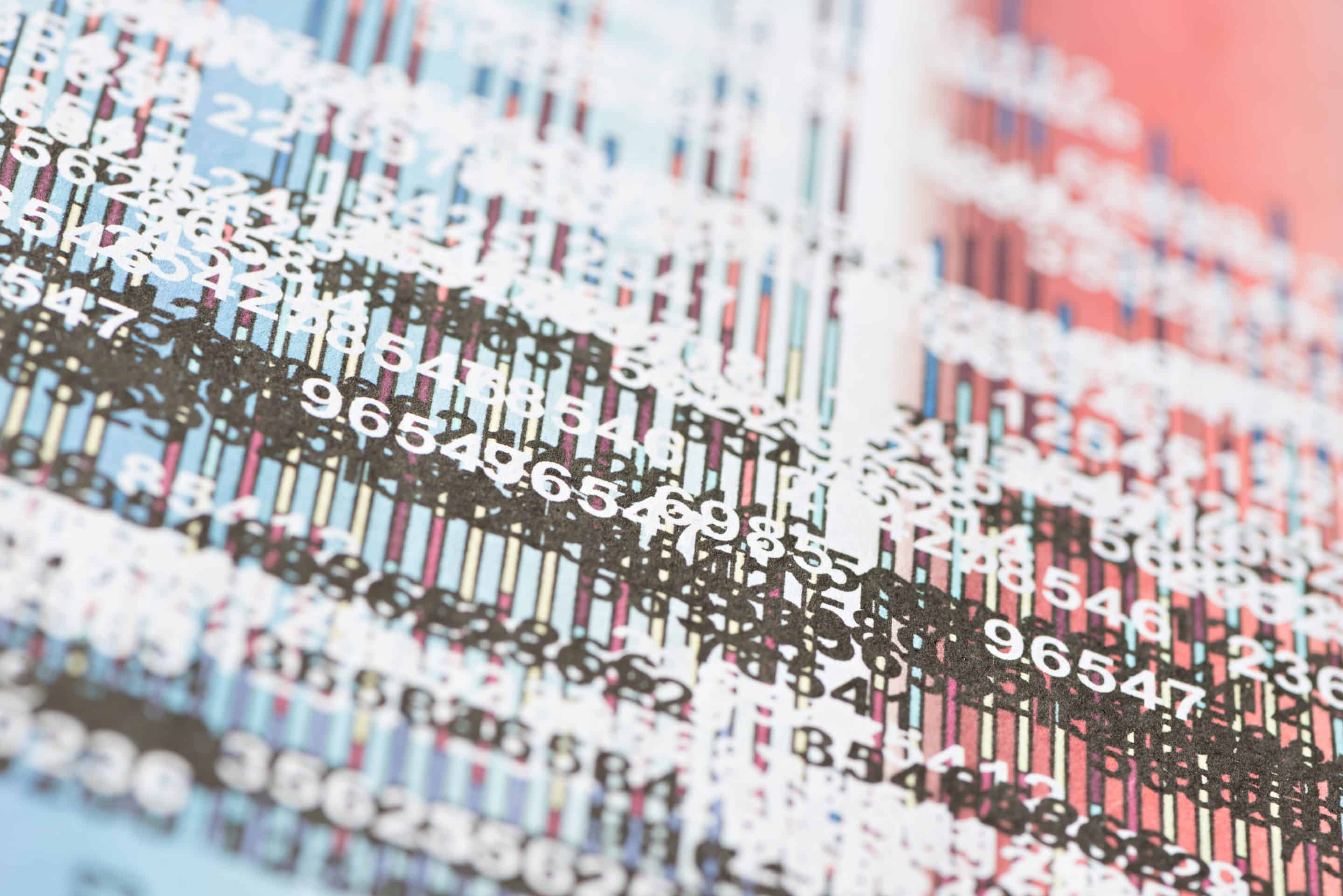Carefusion 303, Inc [2022] APO 40
Date:
Venue:
Delegate:
17 June 2022
Australian Patent Office
G Powell
Background
Patent Application 2014268829 was filed by Carefusion 303, Inc on 16 May 2014. The claimed invention related to a system using computers to manage the retrieval of medication after it has been distributed, but not used. Four adverse examination reports were issued in which the Examiner maintained that the claimed invention was not a manner of manufacture. Carefusion requested a hearing, at which the Delegate found that there was no manner of manufacture. Carefusion was given an opportunity to amend the claims to address that decision. This decision relates to the question of whether those amendments overcame the manner of manufacture objection.
Key Issues
The method described in the specification of the application involved the use of identification devices attached to medication which had been supplied, whereby when a new order was received which could be fulfilled with such unused medication, location information about unused medication would be transmitted to the system, and the system would carry out the following procedure: create a list of medication to be retrieved, determine an order in which they should be retrieved, provide a route for retrieval and then send this information to a mobile device.
In the first decision, the Delegate noted that the process incorporated both an element carried out by a system (ordering the list for retrieval) and an element carried out by a person (retrieving the medications). According to the Delegate the process could therefore achieve a practical and useful result in reducing wastage of pharmaceutical material, but claim 1 was not limited to situations in which that advantage was secured. Further, there was no evidence of ingenuity implementing the process on a system, or in preparing the system, and it was hard to be sure whether there was ingenuity in recognising a shortcoming in any existing system and identifying the need for the invention. There were some factors suggesting that it was the system that comprised the contribution of the invention was a system, in particular dealing with time critical steps such that the use of a computer was an integral part of the working of the invention. However the specification stressed the details of the scheme rather than the system in the specification. Carefusion was given an opportunity to positively link the system to the contribution of the invention by way of amendment.
Carefusion filed amendments accordingly. The amendments added new steps to the system focussed on the use of the retrieved medicine to fulfil a new order. The final step of the system in claim 1 as proposed to be amended was to “fill the new order using the respective unused medicine”. The Examiner considered that the ingenuity of the claimed invention could not lie in filling an order using medication that would otherwise go to waste. This was a trite and ‘plainly common sense’ consideration. While the Examiner accepted that the claims as proposed to be amended recited a number of features concerning a computer system, he found that the combination of features was only linked “so as to implement the scheme…” and so the ingenuity lay in the scheme, not the implementation. While the computer elements might be integral to the invention they did not form part of the substance of the invention. As such, the scheme in itself did not produce an improved practical and useful effect.
Outcome
The Delegate upheld the Examiner’s approach, finding that there was no manner of manufacture. The substance of the invention was the scheme. While the use of generic computer components did not automatically lead to a conclusion that there was not patentable subject matter, their presence tended to lend weight to the conclusion that the substance of the invention was not technological. Here the specification was silent as to the specifics of the computer components making it clear that implementation was within the level of skill of the person skilled in the art.
Additionally, the Delegate found that the claimed practical and useful result, being retrieval of unused medication and a new order filled by the unused medication was contingent on a new order for medication being received. Accordingly, there was merely a potential for reduced wastage; this was not a necessary outcome of the system.
The Delegate did not consider that there was any utility in further examination, ‘in the hope’ of finding patentable subject matter, and so rejected the Application.
Implications
This case was decided before the High Court’s decision in Aristocrat Technologies Australia Pty Ltd v Commissioner of Patents [2022] HCA 29 (Aristocrat) was handed down, discussed at page 32. As we have reported there, the judges in Aristocrat were split on the question of whether the substance of the invention should be defined by reference to all of the features of the claims, or based on the features which exceed the common general knowledge.
In this case, the Delegate appears to have taken an approach of focusing on the features claimed to be inventive for the purposes of defining the substance of the invention – as set out above, the failure to include specifics of the computer implementation was taken to indicate that such matters were within the skill of the ordinary person skilled in the art, leading to the conclusion that the claimed invention was a mere scheme. As such, this was largely in line with the approach of Keifel CJ, Gaegler and Keane JJ.
Notwithstanding, it is not clear that the claimed invention in this case would meet even the test of Gordon, Edelman and Steward JJ (who considered the Aristocrat invention patentable). Indeed cases such as this one may highlight the ongoing uncertainty even under their proposed test. The Gordon, Edelman and Steward JJ judgment made clear that in their view, whilst generic computer features of a patent claim should not be excised for the purposes of determining the substance of the invention, an implementation of a scheme or idea on a computer must do more than “merely manipulate” an abstract idea in order to be patentable. However whether, and if so how, manipulation of an abstract idea by a computer is different to computer implementation which produces an artificial state of affairs and useful result, which the judges considered would be patentable (the Aristocrat electronic gaming machine falling in the latter category), is unclear. The Delegate in this case rejected Carefusion’s arguments that an artificial state of affairs was created, on the basis that the outcome was contingent on receiving a new order which could be filled with unused medication. This in itself seems a somewhat arbitrary distinction given that most method inventions will require motivation to use them, in order to give rise to any artificial state of affairs.
The Patent Office has stated publicly that it is considering the implications of Aristocrat and that for the time being will not change its practice, that it will continue to consider that a claimed invention is not a manner of new of manufacture if it is merely directed to the implementation of an otherwise unpatentable idea in conventional and well-understood computer technology. Therefore this decision will for the meantime remain precedent in the Office.
About Pearce IP
Pearce IP is a boutique firm offering intellectual property specialist lawyers, patent attorneys and trade mark attorneys to the pharmaceutical, biopharmaceutical and life sciences industries. Pearce IP is the 2021 ‘Intellectual Property Team of the Year’ (Lawyers Weekly Australian Law Awards) and was shortlisted for the same award in 2022. Pearce IP is ranked in IAM Patent 1000 and Managing IP (MIP) IP Stars, in Australasian Lawyer 5 Star Awards as a ‘5 Star’ firm, and the Legal 500 APAC Guide for Intellectual Property. Pearce IP leaders are well recognised as leading IP practitioners.
Our leaders have been recognised in virtually every notable IP listing for their legal, patent and trade mark excellence including: IAM Patent 1000, IAM Strategy 300, MIP IP Stars, Doyles Guide, WIPR Leaders, 5 Star IP Lawyers, Women in Law Awards – Partner of the Year, Best Lawyers and Australasian Lawyer 5 Star Awards, Women in Business Law Awards – Patent Lawyer of the Year (Asia Pacific), Most Influential Lawyers (Changemaker), among other awards.

Naomi Pearce
CEO, Executive Lawyer (AU, NZ), Patent & Trade Mark Attorney (AU, NZ)
Naomi is the founder of Pearce IP, and is one of Australia’s leading IP practitioners. Naomi is a market leading, strategic, commercially astute, patent lawyer, patent attorney and trade mark attorney, with over 25 years’ experience, and a background in molecular biology/biochemistry. Ranked in virtually every notable legal directory, highly regarded by peers and clients, with a background in molecular biology, Naomi is renown for her successful and elegant IP/legal strategies.
Among other awards, Naomi is ranked in Chambers, IAM Patent 1000, IAM Strategy 300, is a MIP “Patent Star”, and is recognised as a WIPR Leader for patents and trade marks. Naomi is the 2023 Lawyers Weekly “IP Partner of the Year”, the 2022 Lexology client choice award recipient for Life Sciences, the 2022 Asia Pacific Women in Business Law “Patent Lawyer of the Year” and the 2021 Lawyers Weekly Women in Law SME “Partner of the Year”. Naomi is the founder of Pearce IP, which commenced in 2017 and won 2021 “IP Team of the Year” at the Australian Law Awards.

Kate Legge
Special Counsel, Lawyer
Kate is an experienced IP and patent lawyer, providing IP leadership for pharmaceutical product development and commercialisation in global markets – from initial scoping through to post-launch.
She has developed and implemented global IP strategies over more than 15 years at multi-national pharmaceutical companies. She is an Australian qualified and registered legal practitioner, and has a Master’s degree in IP Law and a BSc in biochemistry.

